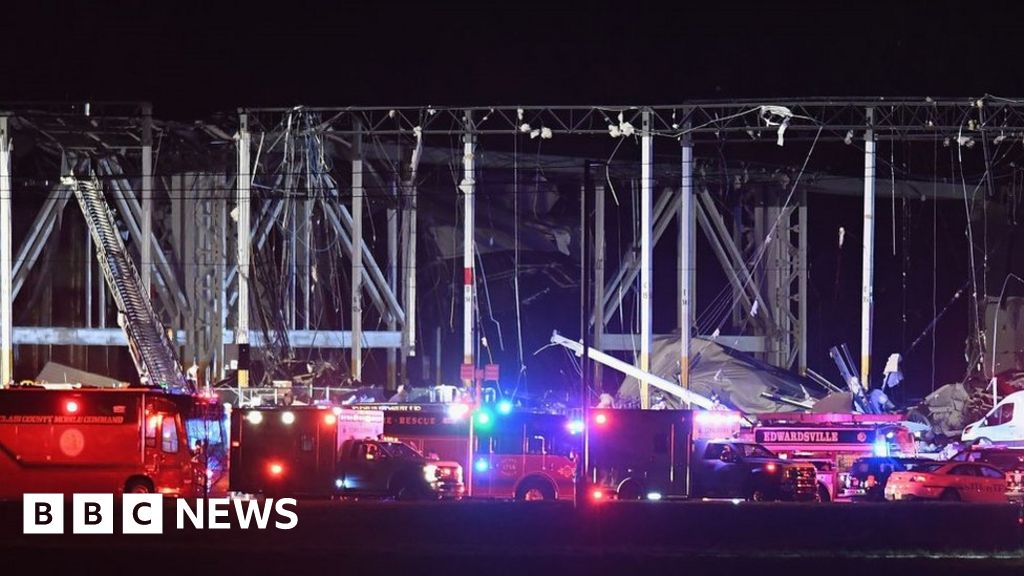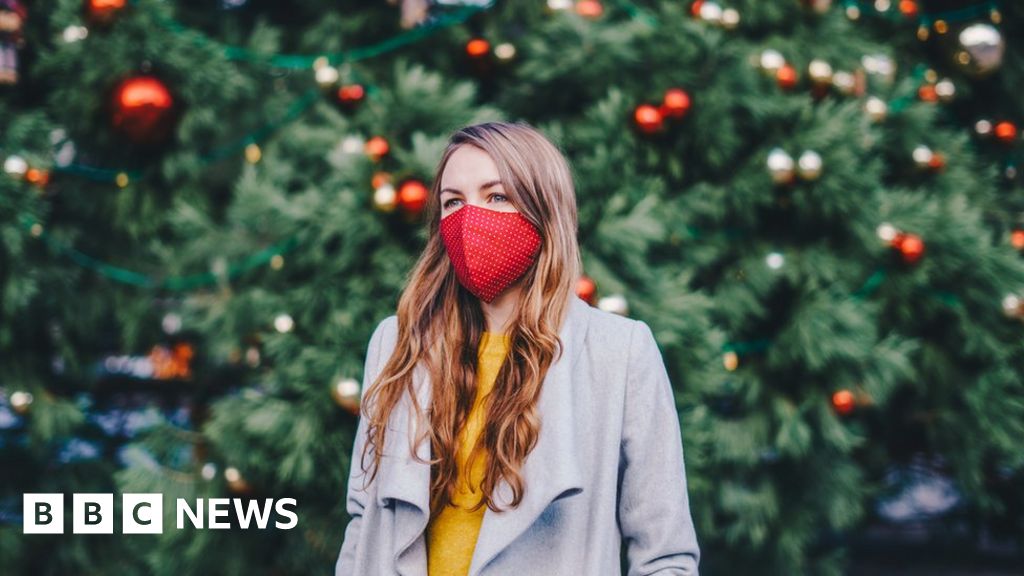Covid-19 could eventually be seasonal, scientists say

Sometimes scientists know which factors drive a new rise in cases, but some surges have been inconsistent and hard to predict. Eventually, scientists suspect the rise and fall of coronavirus infections could shift into a more typical seasonal pattern.
Early next year, health officials plan to begin serious talks about what the pandemic's end might look like and how will we know when we've reached that point.
The US isn't there yet.
As of Thursday, the US is averaging 121,084 new Covid-19 cases each day, according to data from Johns Hopkins University. This is 62% higher than a month ago.
Though Covid-19 cases and hospitalizations in the United States dropped off at the tail end of a summer surge, they've risen over the past few weeks. More than half of new hospitalizations over the past month have been in Midwestern states, especially Michigan and Ohio.
Dr. Laolu Fayanju and his colleagues have treated a rotating door of Covid-19 patients year round. Now, once again, they're bracing for a possible winter surge.
"We have seen an increase in our numbers in just the last month across all 11 of our centers in northern and southern Ohio," Fayanju, an Oak Street Health physician based in Cleveland, Ohio, told CNN.
"So, we are seeing an increase."
Scientists have observed "waves" of coronavirus infections during the pandemic that ebb and flow across regions of the United States -- but the factors driving these patterns of infections are complex.
online
While no one can predict the future, "we're living through an intra-Covid world, and in a post-pandemic Covid world, I think what we would see is an endemic infection, not unlike the seasonal flu," Fayanju said.
Endemic means that a disease has a constant presence in a population -- but it's not overwhelming health systems or affecting an alarmingly large number of people as typically seen in a pandemic.
Some scientists point to human behaviors, such as travel, as fueling the waves.
Some think the waves are more evidence that Covid-19 is on its way to eventually becoming a seasonal endemic disease, with more cases occurring in the cold winter months at times when outdoor temperatures drop and people gather indoors.
Others argue that seasonal waves of Covid-19 could be more complex, since during the pandemic there have been both expected winter surges and less-expected summer surges, too.
"We need more research to disentangle all the factors that may link seasonality to Covid-19 cases," Dr. Hawre Jalal, assistant professor at the University of Pittsburgh, told CNN.
But there is one thing many scientists agree on -- coronavirus infections in the future could follow seasonal cycles.
The visualizations showed that the first wave of the pandemic in early 2020 was largely in the Northeast region of the United States -- especially when a surge of cases hit New York City. Then, in the summer, a second wave of infections involved the South and traveled northward to the upper Midwest.
"It contradicted the notion that this should be a northern, cold season disease," Burke said.
Then in the fall, wave three started in the Dakotas before spreading throughout North America and then wave four followed, with cases surging again in the winter in the Northeast, South and West.
In 2021, despite the authorization of coronavirus vaccines and the emergence of the Delta variant, the spread of Covid-19 cases was somewhat similar to the patterns seen in 2020 -- even though the number of cases and magnitude of changes was not as great in 2020, the patterns followed a similar seasonal path.
For the second paper, the researchers analyzed the waxing and waning patterns of reported Covid-19 cases the United States, Mexico and Canada from January 1, 2020 through Oct 31, 2021 -- an additional five months of data compared to the first paper.
Now in early December 2021, Covid-19 case counts continue to rise. For the first time in two months, the United States is averaging more than 100,000 new cases each day, shortly after millions of Americans traveled for the Thanksgiving holiday.
"Our modeling of this suggests that the rhythm of the future epidemics will be seasonal, but that the amplitude may vary from year to year or time to time. There will always be this underlying seasonal rhythm, being with an extra half beat in the South, but certainly the northern wave in the wintertime," Burke said.
"That will be modified depending on what proportion of the population is vaccinated, whether or not a new strain is coming in at that moment, and so the amplitude will change," he said. "But the basic rhythm will probably be the same."
For the second paper, the researchers analyzed the waxing and waning patterns of reported Covid-19 cases the United States, Mexico and Canada from January 1, 2020 through Oct 31, 2021 -- an additional five months of data compared to the first paper.
Now in early December 2021, Covid-19 case counts continue to rise. For the first time in two months, the United States is averaging more than 100,000 new cases each day, shortly after millions of Americans traveled for the Thanksgiving holiday.
"Our modeling of this suggests that the rhythm of the future epidemics will be seasonal, but that the amplitude may vary from year to year or time to time. There will always be this underlying seasonal rhythm, being with an extra half beat in the South, but certainly the northern wave in the wintertime," Burke said.
"That will be modified depending on what proportion of the population is vaccinated, whether or not a new strain is coming in at that moment, and so the amplitude will change," he said. "But the basic rhythm will probably be the same."
For the second paper, the researchers analyzed the waxing and waning patterns of reported Covid-19 cases the United States, Mexico and Canada from January 1, 2020 through Oct 31, 2021 -- an additional five months of data compared to the first paper.
Now in early December 2021, Covid-19 case counts continue to rise. For the first time in two months, the United States is averaging more than 100,000 new cases each day, shortly after millions of Americans traveled for the Thanksgiving holiday.
"Our modeling of this suggests that the rhythm of the future epidemics will be seasonal, but that the amplitude may vary from year to year or time to time. There will always be this underlying seasonal rhythm, being with an extra half beat in the South, but certainly the northern wave in the wintertime," Burke said.
"That will be modified depending on what proportion of the population is vaccinated, whether or not a new strain is coming in at that moment, and so the amplitude will change," he said. "But the basic rhythm will probably be the same."

Judge dismisses sole criminal charge against Andrew Cuomo
- The only criminal charge filed over the sexual harassment allegations that drove former New York Gov. Andrew Cuomo from office

More than 50 feared dead in Kentuckys worst ever tornadoes
- The governor of the US state of Kentucky has warned that more than 50 people are thought to have been killed by tornadoes overnight.

Russia Ukraine: Moscow lists demands for defusing Ukraine tensions
- Russia has demanded strict limits on the activities of the US-led Nato military alliance in the countries neighbouring its borders.

Covid: Travel and mask rules tightened over Omicron variant
- Face coverings will become mandatory again in shops and on public transport in England from next week as part of measures to target.